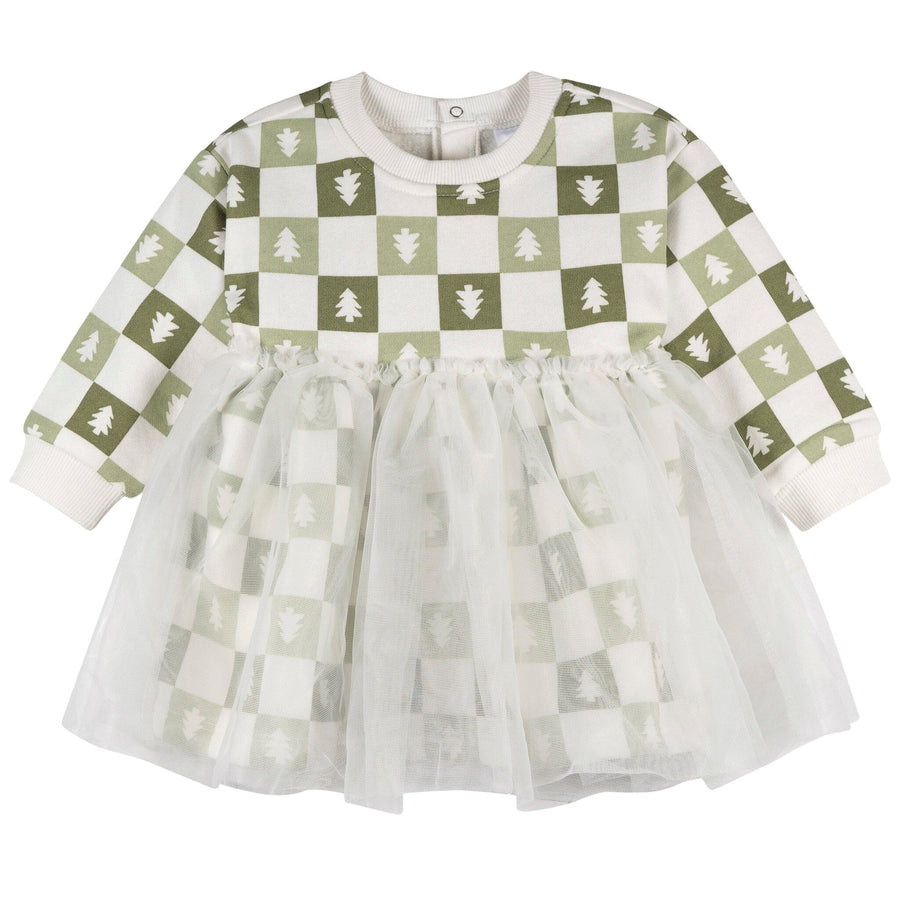#ShareBlackStories: @JustBBritt Shares Her Tips on Listening to your Littles

We value the importance of celebrating Black History Month and the impact of teaching black history to children all year round. For the month of February, we’re highlighting black parents and their families and encouraging them to share their story of their parenting journeys on our blog and social channels.
#ShareBlackStories
Hi. I’m Brittany. Wife, mom of two toddlers and full-time marketing professional. When I became a mom, I thought my parenting journey would be defined by my ability to teach my children everything I could about life. From first steps, to forming sentences, to understanding feelings, to influencing future aspirations, I was prepared to equip my children with as much knowledge and experience as possible. As it turns out, I’ve done more learning, listening and evolving than I ever imagined I would.
Before I had Mariah and Maison, much of my life had been characterized by following the rules, maintaining a smile (even if I was screaming on the inside) and always making the safe choice. You know--the exact opposite behavior of toddlers.
Becoming their mom was like holding up a mirror to all the internal work I needed to do.
I had to learn to acknowledge and express my emotions in the same way I hope they might feel safe enough to do. This meant recognizing my emotions, identifying what triggered those emotions, validating my feelings and finding an emotional outlet to help cope with what I’m feeling. Taking deep breaths, going for a walk or watching my favorite movie can change the way I feel—not unlike toddlers.
Children have big emotions just like adults—sadness, excitement, fear, anger and embarrassment. I use some of my same emotional regulation tools to help my kids:
- Name their feelings. This helps them build the vocabulary to identify and talk about their emotions.
- Identify what caused their emotions and validate what they are feeling. This lets them know their emotions make sense.
- Stay calm and provide an emotional outlet. It’s hard to stay clear-headed when kids are in the middle of a meltdown but making a special effort to stay calm can make a huge difference. Then, identify and give other options to express their feelings.
Now, I’m parenting my best when I’m giving my children the very things I need: grace, forgiveness, acceptance, patience and permission to discover what makes them happy.
It’s a blessing to watch their imagination and curiosity grow every day and to nurture that spark with patience and love. Whether it’s picking out their own clothes or dancing in circles until they are dizzy, I give them the space to learn, grow and just be themselves.

































